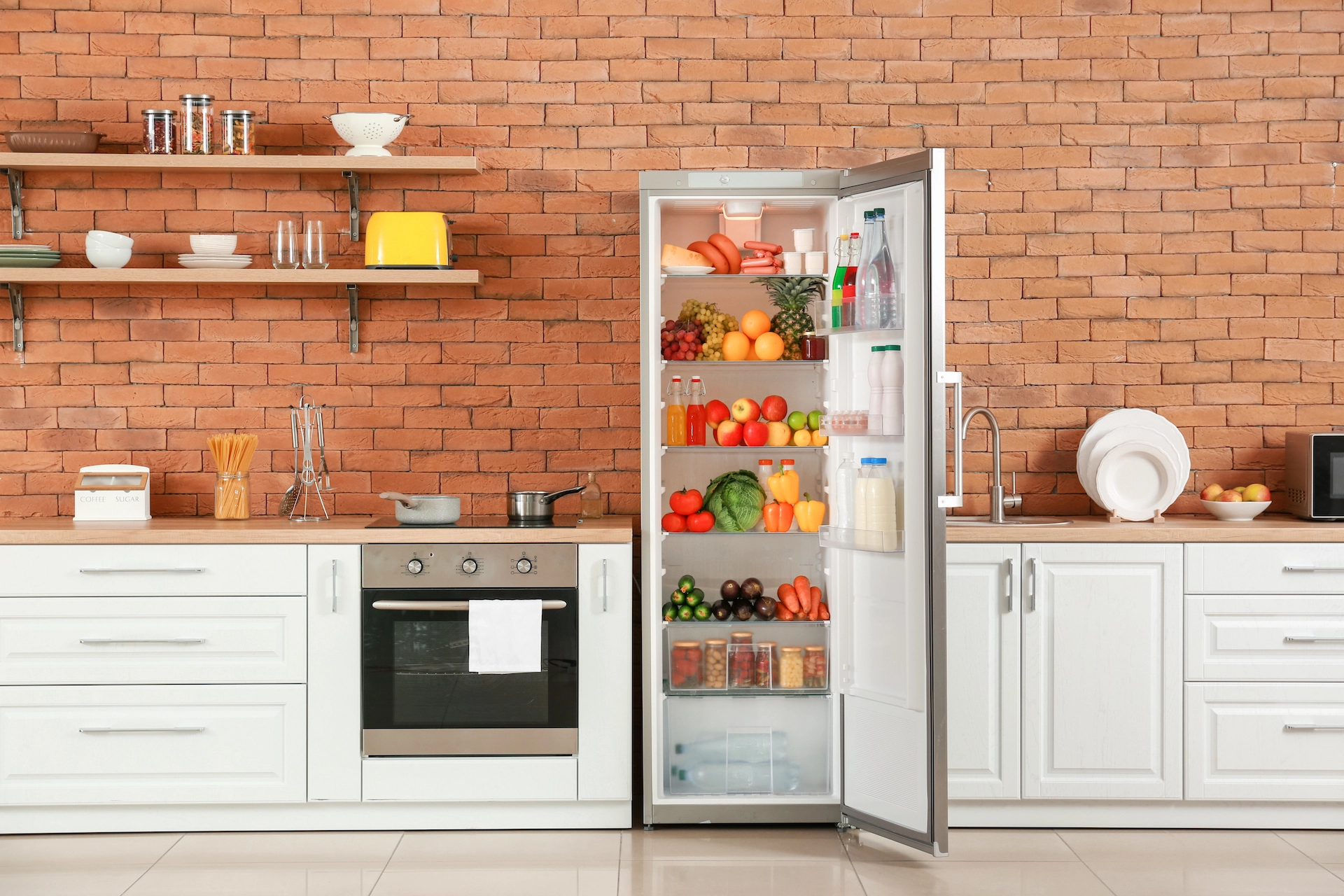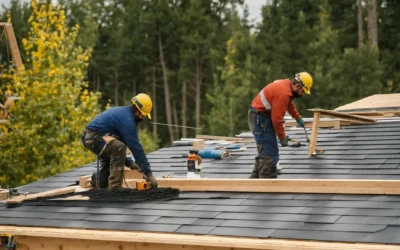Table of Contents
How to save electricity at home on your fridge?
Due to the rapid rise of energy prices in 2022, the topic “how to effectively save energy and reduce electricity bills” has become the main subject of people’s concern. Many household appliances consume electricity invisibly every day. The refrigerator is one of the indispensable household appliances in every family, and it is continuously in use. Most people think that refrigerators do not consume much electricity. However, a fridge running around the clock can account for 25% -30% of our annual electricity consumption. Today, we will show you how to reduce this cost and save money. We also give you a few tips on prolonging the refrigerator’s life effectively. Let’s take a look at how to master the skills of refrigerator power saving.
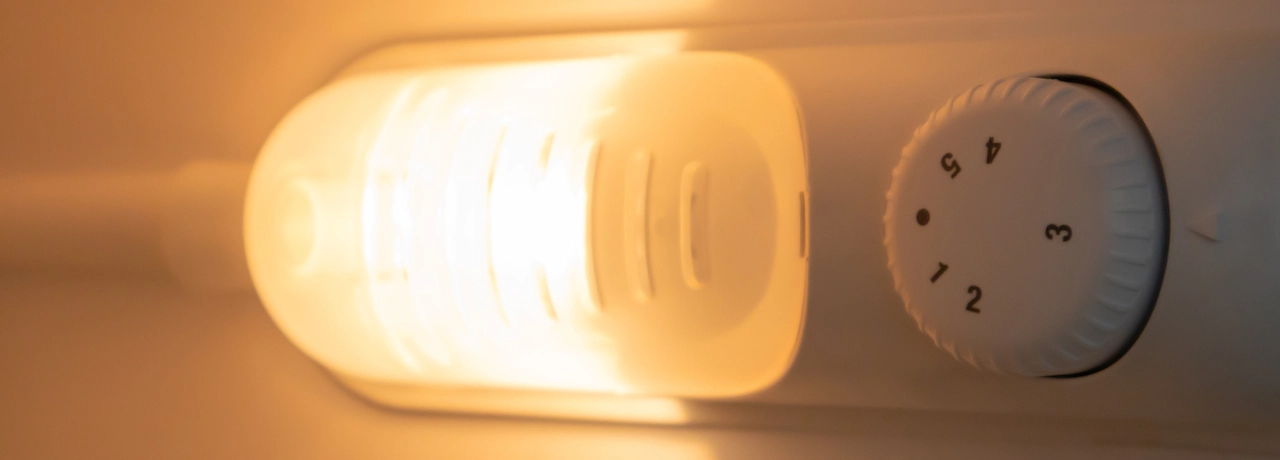
Develop the proper habits of using the fridge to save energy
1. Reduce the opening times
Every time you open the refrigerator, warm air pours into it. The compressor must therefore run to cool it down. It causes an increase in energy consumption. In addition, the frost layer of the evaporator will thicken, reducing the cooling capacity of the refrigerator. So avoid opening the fridge frequently, especially after large purchases. Before placing the products in the refrigerator, segregate them. You can use partitions or plastic boxes. Think about what you want to put in before opening the door. Reduce the number and time of opening the door, and save a lot of energy.
2. Never put hot or warm food directly into the refrigerator
Hot food placed directly into the refrigerator will dramatically increase the temperature inside. It will consume lots of electricity to cool it down and cause frost in the fridge, reducing the thermal efficiency. Only place food and products that have cooled down to room temperature in the glacier.
3. Store the right amount of food and keep the space between them
The refrigerator is not a storage cabinet, so don’t overfill food in the refrigerated space, particularly cube packaged foods. It is best to leave about a 1 cm gap between products, which is conducive to the air circulation inside the refrigerator, thereby increasing the refrigeration efficiency of the fridge to achieve the effect of energy-saving.
4. Few tips for using the freezer
Food in the freezer should be packed in small, clean plastic bags. In this way, the food can be frozen quickly. It is not easy to dry and prevent the moisture from turning into frost. Additionally, we can take the food out of the freezer in advance and put it in the fridge if you plan to cook it on the same day. This way, you can defrost food in advance and save on electricity bills. The power consumption of the refrigerator is lower than a freezer.
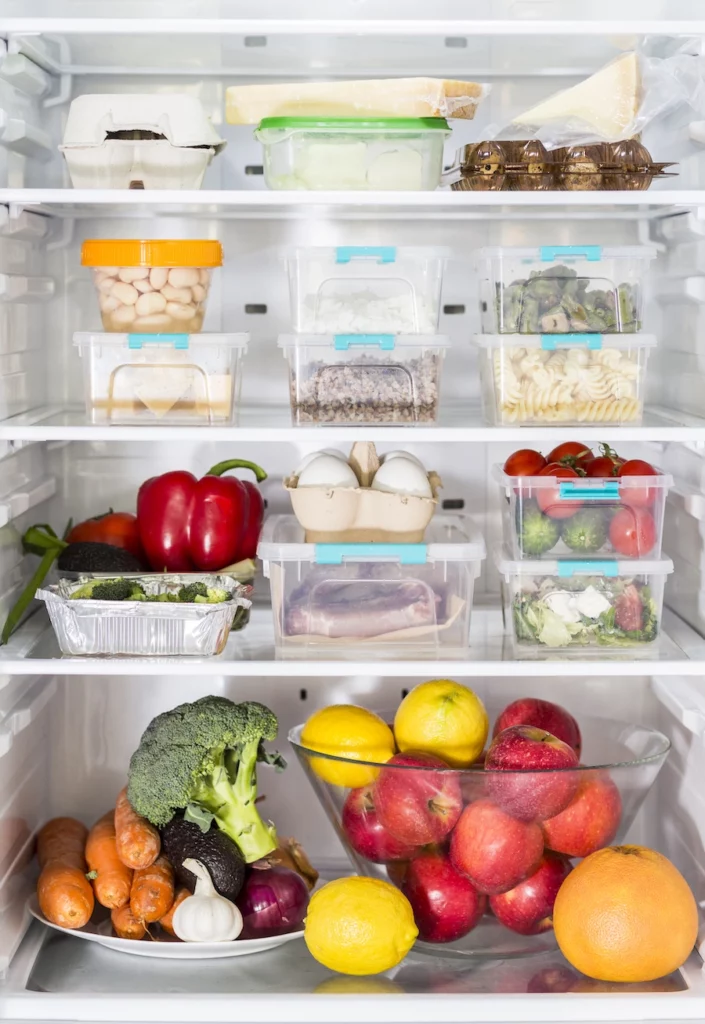
5. Set different temperatures for different seasons
Many models of modern refrigerators have the function of automatic seasonal conversion, which can automatically adjust the temperature regulator according to the time of the year. However, most families still use refrigerators with manual temperature regulators. It would help if you changed it according to the current season.
The regulator can be lower in the cold winter. The regulator should be higher in summer to avoid the compressor working continuously.
6. Take food out briefly
If you are taking any food out of the refrigerator and planning to put it back, try to do it as soon as possible. Do it before it warms up to room temperature. The less it warms up – the better.
7. When you leave, turn on the holiday mode or turn off the refrigerator completely
Ideally, you get rid of all food from the refrigerator before leaving and turn off the fridge while away. However, if you leave food in the fridge, put it in holiday mode or raise the refrigerator’s temperature to the maximum (7-8 degrees). Remember to leave the refrigerator door open after unplugging it.
Choose the right place to instal your fridge
1. Leave a gap around
Technology evolves, and so do refrigerators. In the past, refrigerators used a radiator on the back to dissipate heat. Some space had to be left in the back when placing the refrigerator.
The new refrigerators have built-in condensers, and the compressors are located on the left and right sides. The rear compressor still needs heat dissipation. Therefore, leave enough space to the left, right and back when you put your refrigerator around. Leave about 5-10 cm to the left and right, and preferably 10 cm to the back, which will help the fridge dissipate heat and reduce energy consumption.
2. Instal fridge away from heat source
The refrigerator should be away from heat sources such as ovens and induction cookers. It should be ventilated, cooler, and avoid sunlight because the refrigerator’s power consumption will increase if the ambient temperature is high. The data shows that when the ambient temperature of the fridge is 32 degrees, the power consumption is twice as much as that of 25 degrees.
Maintenance
1. Condenser cleaning
Regularly inspect refrigerators with external condensers. Because the position of the condenser is out of reach, there may be a lot of dust accumulation. Dust accumulation will affect the working efficiency of the condenser and increase energy consumption. Therefore, the condenser should be cleaned frequently.
2. Regular defrosting
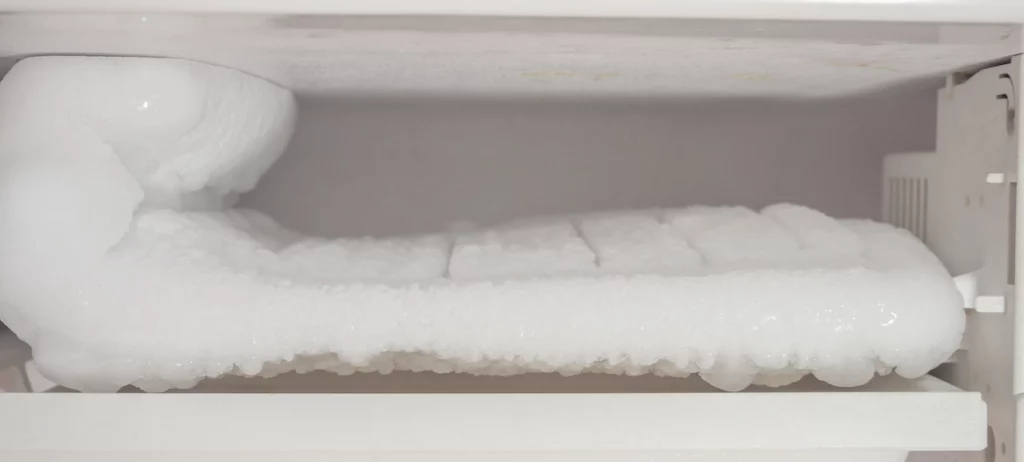
When the refrigerator is used for a while, a lot of frosts will be produced. If the thickness of the frost exceeds 5mm, it will produce a significant thermal resistance, the cooling effect will be poor, and the power consumption will increase. Therefore, it is necessary to defrost regularly and keep the interior clean.
Refrigerators have facilitated people’s lives, and smart use and maintenance can maximize their life under high efficiency and energy-saving conditions!

